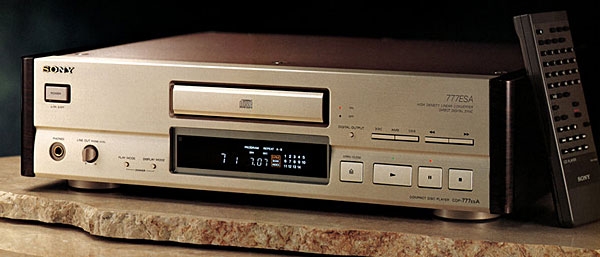| Columns Retired Columns & Blogs |
With all the excitement about vinyl these days, it's important to realize how far digital (CD) had progressed in its first decade: from criticism in its first gen. models, to gradual (but universal) praise starting with modded first gen. (Meridian, Mission, etc.)... and so on.
This Sony player still sounds good today.
I'm not sure 16/44.1 playback with the best modern gear (Chord, dCs) is substantially better. If anyone (esp. professional audio reviewers) with Chord/dCS/etc. gear concurrently have access to Sony ES series from early 90s, please spill forth a review.





































